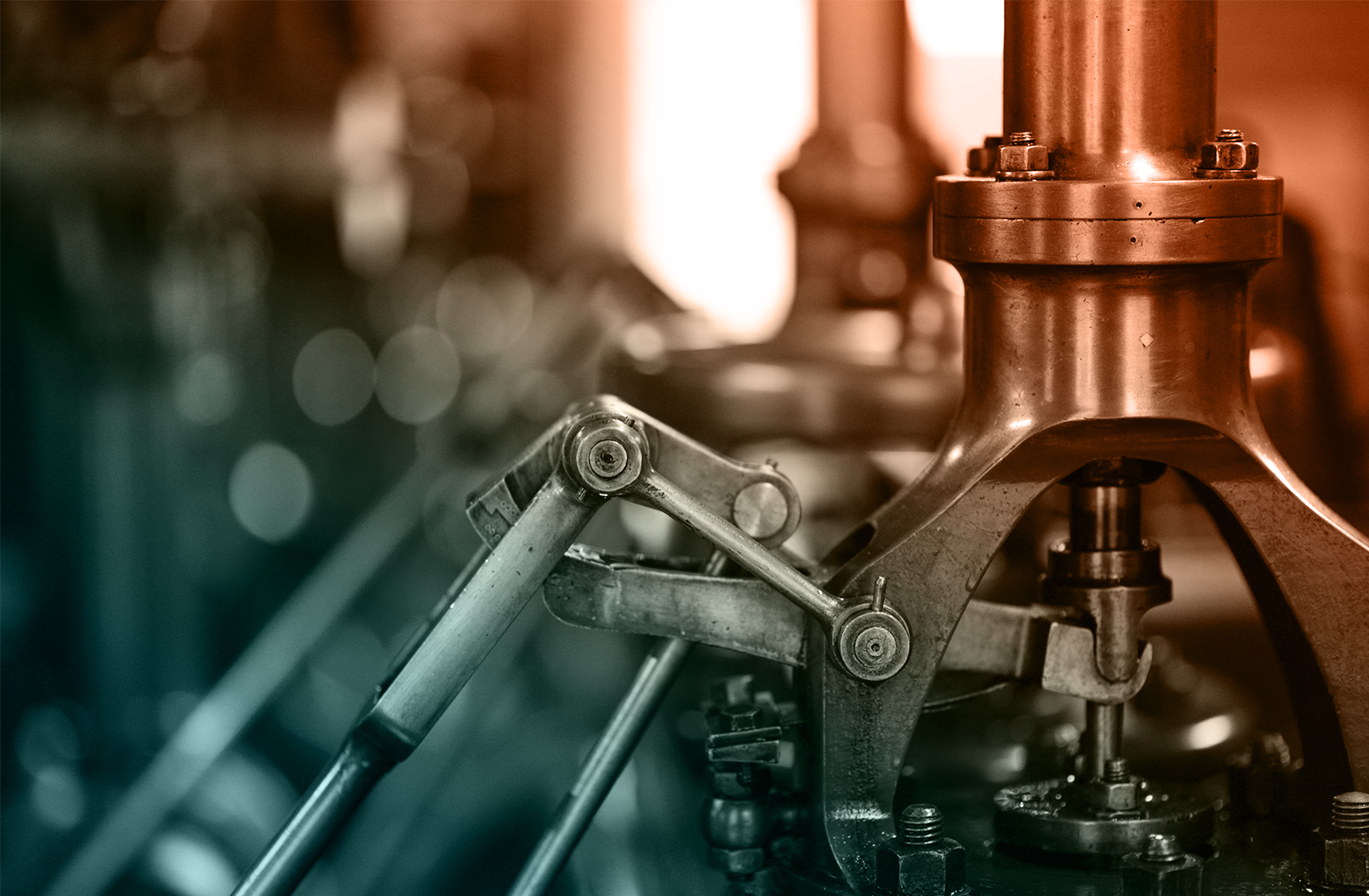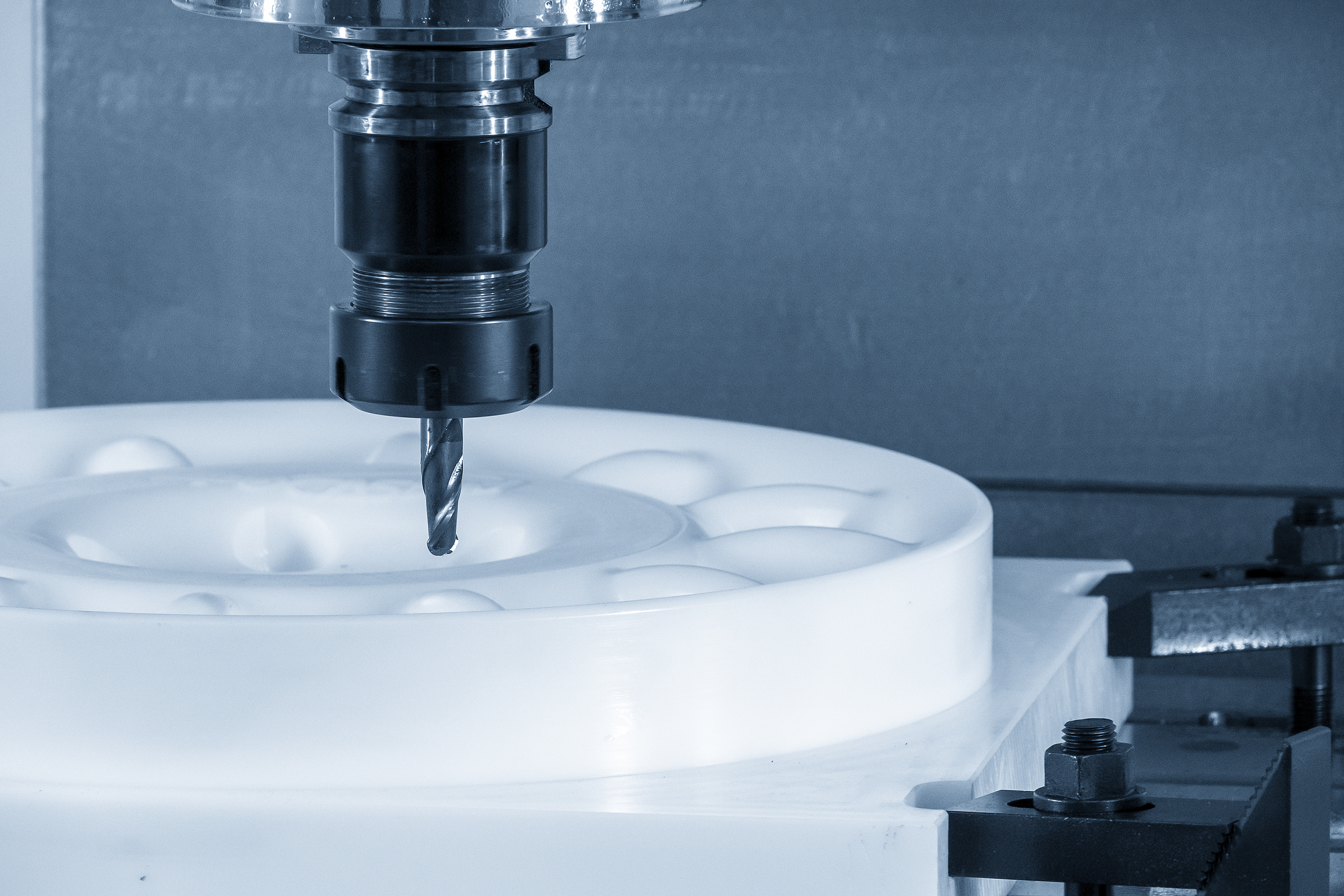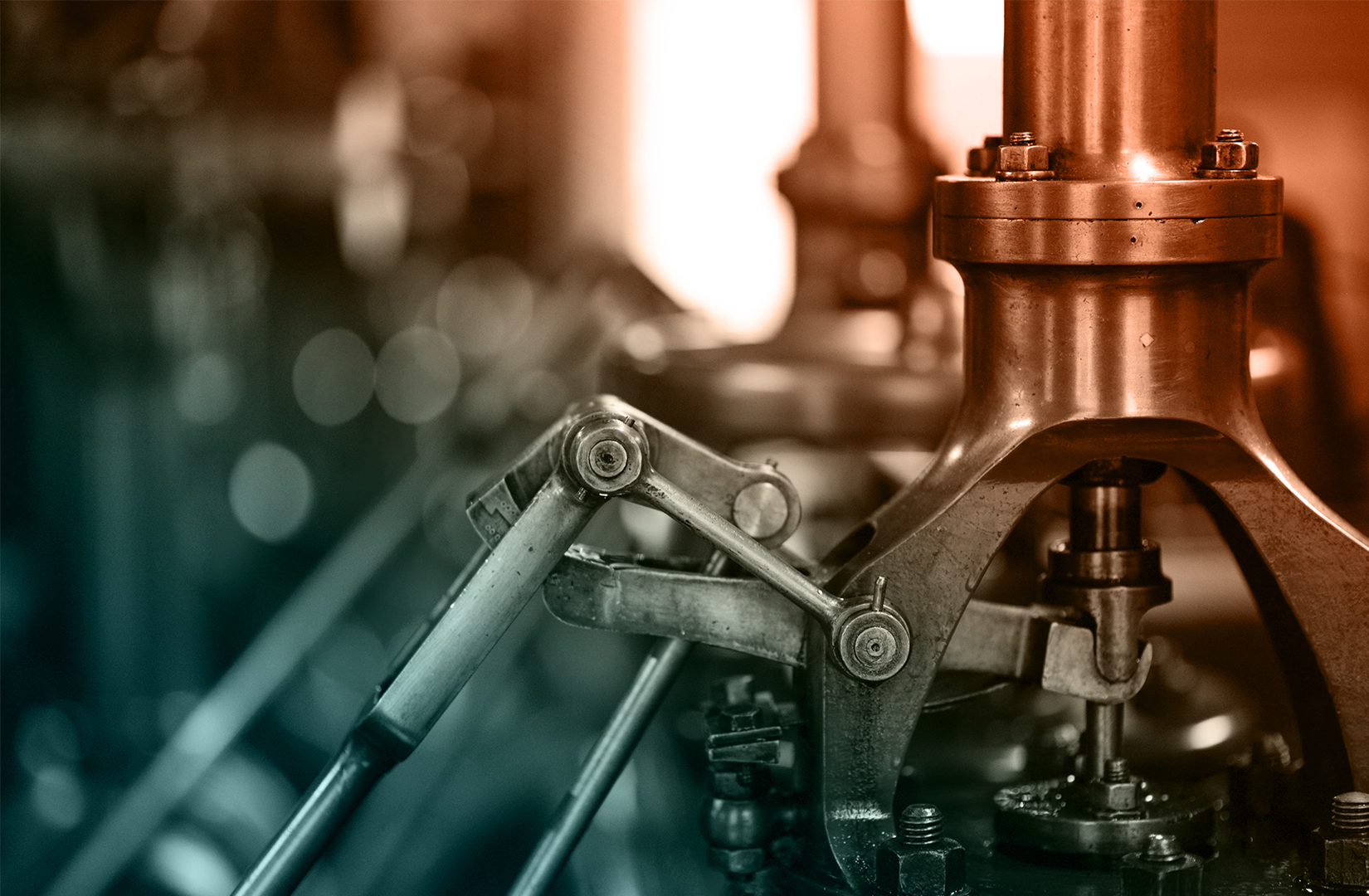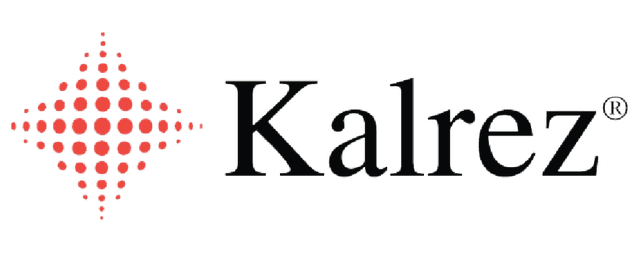
Rubber Bumpers: Features, Applications, and Benefits
Rubber bumpers are versatile components used to protect surfaces, absorb impact, reduce noise, and prevent slipping or sliding in various applications. Available in different shapes and sizes, rubber bumpers are often equipped with adhesive backing for easy installation. This guide covers the features, common applications, pros and cons of rubber bumpers, along with a dedicated section on their adhesive backing.
CanRez® FFKM and Kalrez® bumpers, O-rings, gasket rapid manufacturing, & custom molded parts are available now!
Check with one of Canyon’s helpful product engineers for an expert material and manufacturing recommendation.

Features of Rubber Bumpers
Rubber bumpers offer several key features that make them suitable for a wide range of applications:
- Impact Absorption: Rubber bumpers are designed to absorb shocks and impacts, protecting surfaces and equipment from damage.
- Noise Reduction: By dampening vibrations and cushioning impacts, rubber bumpers help reduce noise levels in various settings.
- Slip Resistance: Rubber bumpers provide a non-slip surface, preventing objects from sliding or moving, enhancing safety and stability.
- Durability: Made from robust rubber materials, these bumpers are built to withstand wear and tear, ensuring long-lasting performance.
- Adhesive Backing: Many rubber bumpers come with adhesive backing, allowing for easy and secure installation on various surfaces without the need for additional hardware.
Common Applications of Rubber Bumpers
Rubber bumpers are used in a wide range of industries and settings due to their protective and cushioning properties. Common applications include:
- Electronics: Rubber bumpers are used in electronic devices to prevent damage from impact, reduce noise, and provide non-slip support for components such as keyboards, monitors, and speakers.
- Furniture: In furniture applications, rubber bumpers protect floors from scratches and prevent furniture from sliding, while also reducing noise when furniture is moved.
- Automotive: Rubber bumpers are used in automotive applications to protect vehicle components, absorb impact, and reduce noise and vibration in areas such as doors, hoods, and trunks.
- Appliances: Rubber bumpers are found in household appliances, such as washing machines and refrigerators, where they help reduce noise, vibration, and prevent slipping.
- Industrial Machinery: In industrial settings, rubber bumpers are used to protect machinery and equipment from impact and wear, as well as to reduce noise and vibration.
Please consult a Canyon Components Engineer about your specific application and we will use our decades of experience to formulate a solution that fits your need.
Get a Quote Now!

Bumper Materials
CanRez™ FFKM Perfluoroelastomer
Extreme temperatures & chemicals require extreme solutions! CanRez™ FFKM bumper materials offer extreme reliability where you need it most! Thousands of sizes in stock now!
CanGuard™ RFI & EMI Shielding Materials
CanGuard™ bumper materials have been developed to offer superior sealing solutions with enhanced electromagnetic interference (EMI) shielding and radio frequency interference (RFI) shielding.
Kalrez® FFKM Perfluoroelastomer
Canyon Components offers Kalrez® Perfluoroelastomer (FFKM) bumpers, O-rings, gaskets, & custom molded parts at competitive prices and with great lead-times.
Parker® bumpers, O-rings, Parofluor parts, parker FKM Viton
Canyon Components offers Parker Hannifin® bumpers, O-rings, Gaskets, Perfluoroelastomer (FFKM) parts, & custom molded parts at competitive prices and with great lead-times.
FKM (Viton®, Fluorocarbon)
FKM bumpers, compounds, O-rings, gaskets, & custom molded parts exhibit excellent mechanical attributes as well as excellent resistance to high temperatures, mineral oil, ozone, fuels, hydraulic fluids, and many other solvents and chemicals.
Aflas® (TFE/P)
TFE/P (Aflas) bumpers, compounds, O-rings, gaskets, & custom molded parts gives high resistance to steam, hot water, atmospheric wear, and many chemicals. TFE/P compounds provide superior performance in water, steam and virtually all caustic chemicals.
Fluorosilicone (FVMQ)
The mechanical and physical properties of Fluorosilicone bumpers, O-rings, gaskets, & custom molded parts are very similar to silicone. Fluorosilicone O-rings, gaskets, & custom molded parts offer improved flexibility and strength, better resistance to fuels and mineral oil, but reduced hot air resistance.
Silicone (VMQ, PVMQ)
Silicone bumpers, seals, O-rings, gaskets, & custom molded parts are excellent for extreme temperatures in static applications. Canyon Components carries a range of silicone materials, and we are happy to custom tailor a seal to meet your application requirements!
EPDM (Ethylene Propylene)
EPDM bumpers, materials, O-rings, gaskets, & custom molded parts can operate over a wide temperature range, and are compatible with glycol fluids that cause problems for most typical elastomeric seals.
NBR (Nitrile, Buna-N)
Nitrile bumpers, O-rings, gaskets, & custom molded parts are very oil-resistant, have strong mechanical properties, are resistant to wear, and are relatively inexpensive. These properties make Nitrile the most commonly used general purpose O-ring, gasket, & custom molded part material.
HNBR (Hydrogenated Nitrile)
Hydrogenated Nitrile bumpers, O-rings, gaskets, & custom molded parts offer higher strength and reduced degradation at high temperatures compared to conventional Nitrile materials. These properties make HNBR materials popular in the oil and gas industry, as well as many applications in the chemical industry.
XNBR (Carboxylated Nitrile)
XNBR bumpers, O-rings, gaskets, & custom molded parts are similar to Nitrile, but the backbone has been chemically modified with a Carboxylic Acid group. The resulting elastomer is a Nitrile rubber with outstanding abrasion and chemical resistance, superior to that of traditional Nitrile.
Neoprene (CR)
Chloroprene was the first synthetic rubber, and was developed commercially under the name Neoprene®. Chloroprene bumpers, rubbers, O-rings, gaskets, & custom molded parts contain Chlorine in the polymer to reduce the reactivity to many oxidizing agents, as well as to oil and flame.
Polyurethane (PU, AU)
Polyurethane bumpers, O-rings, gaskets, & custom molded parts generally have two or three times greater tensile strength and wear resistance than Nitrile and comparable polymers. Polyurethane also provides excellent permeation resistance when compared to most rubbers.
PTFE (Teflon)
The harshest environments require specialized solutions. Often times, a Canyon Components PTFE bumpers, are used in harsh chemical environments. Polytetrafluoroethylene, commonly known as PTFE or Teflon®, is a high-performance fluoropolymer known for its exceptional chemical resistance, low friction, and non-stick properties.
Product Types
Custom Parts
Here at Canyon Components, we make sure to offer our customers any manufacturing technique they desire. Whether your O-rings, gaskets, & custom molded parts be rubber, plastic, or metal, rest assured that Canyon Components can make it!
Gaskets & Custom Cutting
Whether your custom cut parts be rubber, plastic, sponge, composite, or metal, rest assured that Canyon Components can make it! Canyon Components strives to meet all customer service requests. If you need something that isn't listed, feel free to contact a Canyon Components product and application consultant.
Specialty Compliances
Canyon have materials available for bumpers, O-rings, gaskets, & custom parts with compliances ranging from USP Class VI <87> & <88> for medical applications, to FDA CFR 21.177.2600 grades A through F for different food types, to the various drinking water specifications like KTW and NSF. Whether it's metal, rubber, or plastic, Canyon can meet your needs!
Adhesive Backing of Rubber Bumpers
One of the most convenient features of rubber bumpers is their adhesive backing, which allows for easy and secure installation. Key aspects of adhesive-backed rubber bumpers include:
- Easy Installation: The adhesive backing allows rubber bumpers to be quickly and easily applied to various surfaces without the need for screws, nails, or other hardware.
- Strong Bond: High-quality adhesive ensures a strong bond between the bumper and the surface, providing reliable performance even under repeated impact or stress.
- Versatility: Adhesive-backed rubber bumpers can be applied to a wide range of materials, including metal, plastic, glass, and wood, making them suitable for diverse applications.
- Removability: In many cases, adhesive-backed bumpers can be removed without leaving behind residue or damaging the surface, making them a flexible solution for temporary or permanent use.
Canyon Components strives to meet all customer service requests. Feel free to contact Canyon Components engineering and let our knowledgeable staff help you design the perfect part for your needs.
Rubber Bumpers Pros & Cons
Rubber bumpers are versatile and effective components that provide essential protection, noise reduction, and slip resistance in a wide range of applications. Whether used in electronics, furniture, automotive, or industrial settings, rubber bumpers help ensure the safety and longevity of surfaces and equipment. With the added convenience of adhesive backing, installation is quick and easy, making rubber bumpers a flexible solution for various needs. However, potential limitations such as adhesive durability and material degradation should be considered when selecting rubber bumpers for specific applications. Understanding the features, applications, and potential drawbacks of rubber bumpers will help you make informed decisions to ensure optimal performance in your systems.
Canyon Components strives to meet all customer service requests. Feel free to contact Canyon Components engineering and let our knowledgeable staff help you design the perfect part for your needs.
Pros of Rubber Bumpers
Rubber bumpers offer several advantages that make them a popular choice in various applications:
- Protective: Rubber bumpers provide effective protection for surfaces and equipment, absorbing impact and reducing the risk of damage.
- Noise Reduction: By dampening vibrations and cushioning impacts, rubber bumpers help create a quieter environment.
- Non-Slip: Rubber bumpers enhance safety by providing a non-slip surface, preventing objects from sliding or moving.
- Easy to Install: Adhesive-backed rubber bumpers are easy to apply and remove, making them a convenient solution for both temporary and permanent applications.
- Versatile: Available in various shapes, sizes, and materials, rubber bumpers can be customized to meet specific application needs.
Cons of Rubber Bumpers
While rubber bumpers offer many benefits, there are also some potential drawbacks to consider:
- Adhesive Limitations: Over time, the adhesive backing may lose its effectiveness, especially in high-temperature or high-moisture environments, potentially leading to detachment.
- Material Degradation: Depending on the environmental conditions and the type of rubber used, bumpers may degrade over time due to exposure to UV rays, chemicals, or extreme temperatures.
- Load-Bearing Capacity: Rubber bumpers may not be suitable for applications that require high load-bearing capacity, as they are more prone to deformation under pressure compared to metal or plastic alternatives.
- Size Limitations: While rubber bumpers are available in various sizes, there may be limitations in finding the exact size needed for certain specialized applications, which could require custom manufacturing.
Back to Products Hub

Get A Quote Now!















